How do you ensure a treasured resource goes to people who understand its real value?
That was the challenge for Ngāi Tahu, owner of South Island pounamu, once misunderstood as just another type of jade. With a fresh approach to managing the resource, Ngāi Tahu has transformed what for many people was a commodity from any of the four countries in which greenstone is found, into a taonga of international significance.
This journey from commodity to taonga precisely describes the role that value chains can play in capturing the value inherent in New Zealand’s primary products.
Dr John Reid (Ngāi Tahu) is a systems analyst who earned his PhD by studying sustainability and Māori land development. He has worked as Ngāi Tahu’s regional development manager and was a leader in the Rewarding Sustainable Practices research.
John’s analysis of the pounamu story demonstrates the role of value chains in creating and sharing value. He picks up the story from the early 2000s.
Key Insights
- South Island pounamu was previously indistinguishable from other greenstone
- Ngāi Tahu created a chain of custody process
- The stone is registered, carved by approved artists, recorded by weight and origin, and traceable through unique codes and photographs
- The new value chain created a premium ranging from 30% to 100% over competitors
- All the players of the value chain are important and enjoy a commercial return
- The model is now being applied to other raw ingredients such taramea (for perfume)
Gaining ownership
When Ngāi Tahu’s ownership of the pounamu resource was recognised by the Crown in 1997, guardian status was at a hapū or tribe level. Twelve hapū had rights to manage pounamu, which is a type of jade found only in the South Island. They were also given the rights to develop it commercially. Some decided to use it for taonga within their own tribe, but Ngāti Waewae from Te Tai o Poutini/West Coast had a history of trading and bartering pounamu, so they decided to re-establish the business.
At the time, it was proving very difficult for the hapū to rein in the black and grey markets for pounamu; “People were taking it out of the national parks or harvesting it by hand. It was basically a wild west.”
The iwi worked with police to prosecute thieves and won a major court case in 2007 when a father and son were convicted after illegally mining pounamu in South Westland. Even then, it was almost impossible to identify illegal stone. Prior to 1991 it could be mined under licence, which meant people could build up inventory and then claim it was part of that pre-1997 haul.
The new value chain is creating significant additional value. John Reid says Ngāi Tahu pounamu now fetches a 30% to 100% premium in comparison to its competitors. It is often bought for special events like 21sts, graduations, wedding presents, or corporate gifts, and it is also given to the All Blacks and Olympic team members.
Chain of custody
To remedy the illegal practice, Ngāi Tahu tasked John with building a tracing system to protect pounamu. Drawing on best practice value chains – from diamonds to kiwifruit – John worked with hapū to develop a tracing system. The result now is an established process that’s fetching a 30–100% premium in comparison to its competitors.
It starts with registered mining partners (pounamu is often found during extraction) who provide the source material to hapū-approved carvers. The authentic stone is given a source number and, as it’s cut up, codes are assigned to the stone by weight and then recorded with photos. This information goes back to a central repository managed by Ngāti Waewae. Those carvers can then sell through their own outlets, or the carvings can be consolidated by Ngāti Waewae and sold online or through selected retailers, all of whom receive training to ensure they’re telling the story.
“When you buy your Ngāi Tahu pounamu, you can put in the individual number on the website and you’ll know where it was harvested, the story, the mythology behind it, and who carved it. It’s a whole journey of experience.”
The system is working so well that keeping up with demand and scaling up production is at times difficult, John says. And as well as the political and legal challenges of creating a system to deal with a taonga like pounamu and the interests of multiple hapū, you’re also working with artists.
“They have a creative process and you’re creating some hurdles for them around recording to bring this level of traceability into the system. That requires administrative capacity.”
Capturing value through story
Professor Paul Dalziel says the pounamu story shows how value can be created and captured by redesigning the value chain.
“By explaining the cultural values to consumers who appreciate those values, and by designing a way for the consumers to connect with the producers and artists, the value chain turns a commodity into a taonga.”
“It’s encouraging because it shows value doesn’t have to come from expensive R&D or new discoveries. Sometimes it’s just in the way we collaborate and tell our stories.”
— Prof Paul Dalziel
While Covid-19 affected sales, due to the lack of tourists, John says Ngāi Tahu was most resilient because it was not entirely dependent on tourism and was able to retain a connection to customers through its online store.
Ngāi Tahu pounamu is focused on creating culturally authentic designs, but John believes there are plenty of other opportunities to enhance the premium it’s already getting, whether it’s targeting China with high-value pounamu bracelets that sell for thousands of dollars, or aiming to sell very high-value pieces in the fashion scene.
The traceability and authenticity template has benefitted everyone on the value chain – whether it’s the miners, carvers, retailers, or members of the iwi – and because it has created such a large pounamu premium, John is confident a similar model can be transferred to other Māori products like taramea perfume, rongoā (traditional) medicine and food.
Discover how better-managed value chains can create value for New Zealand primary producers at TheValueProject.nz
By Ben Fahy for Our Land and Water National Science Challenge. All text in this article is licensed for re-use under Creative Commons Attribution 4.0 International (CC BY 4.0)
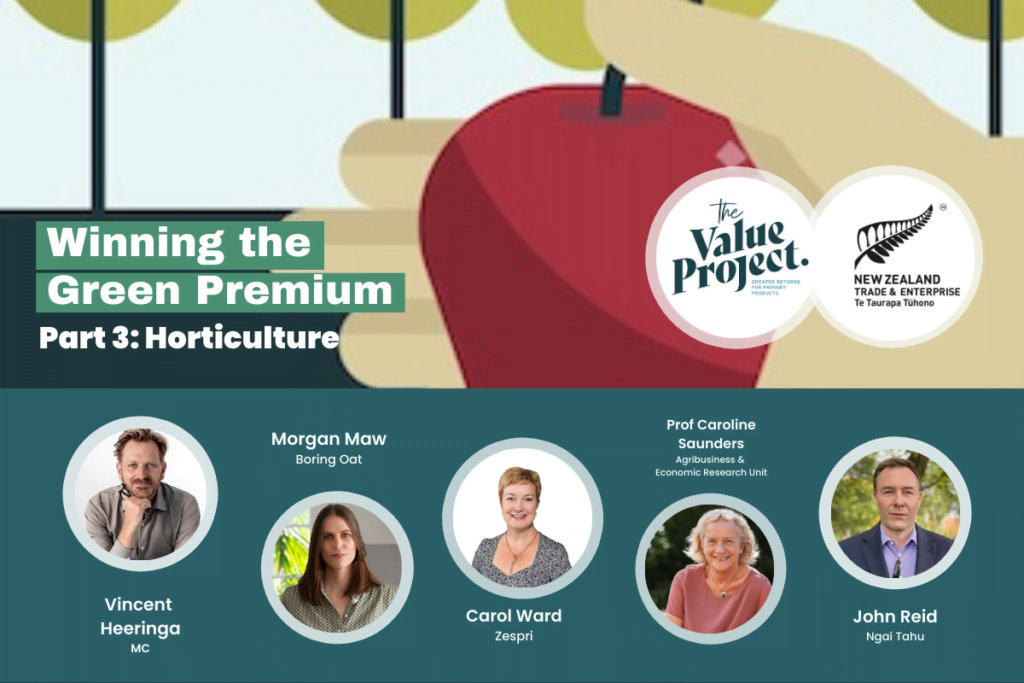

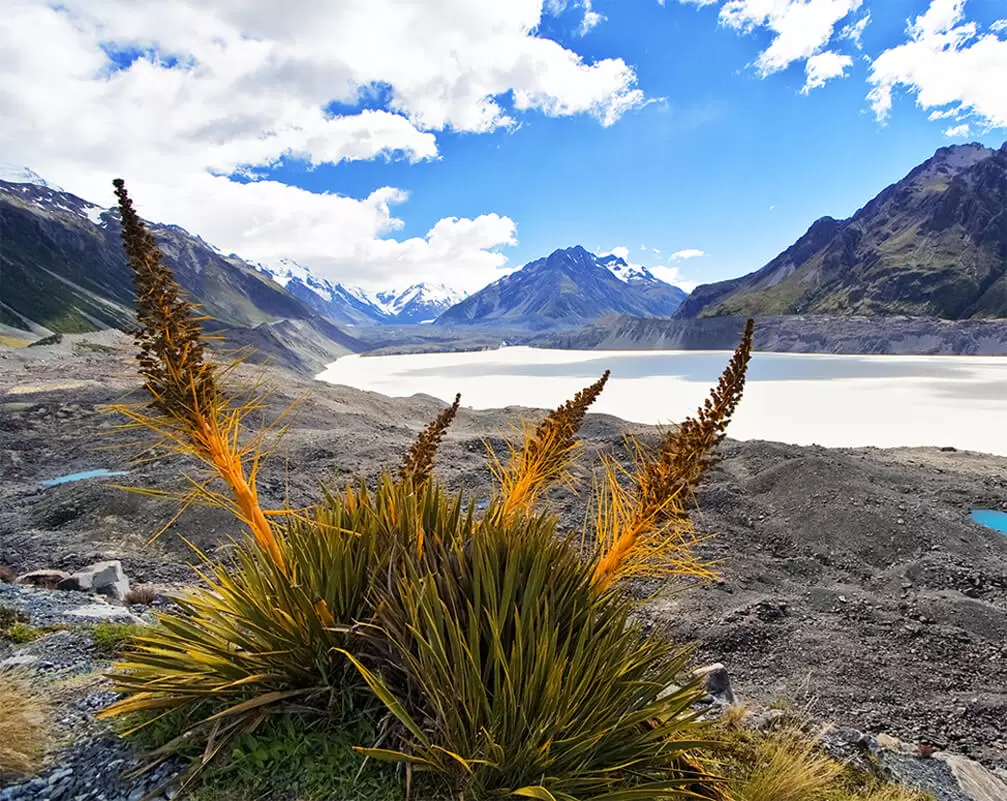
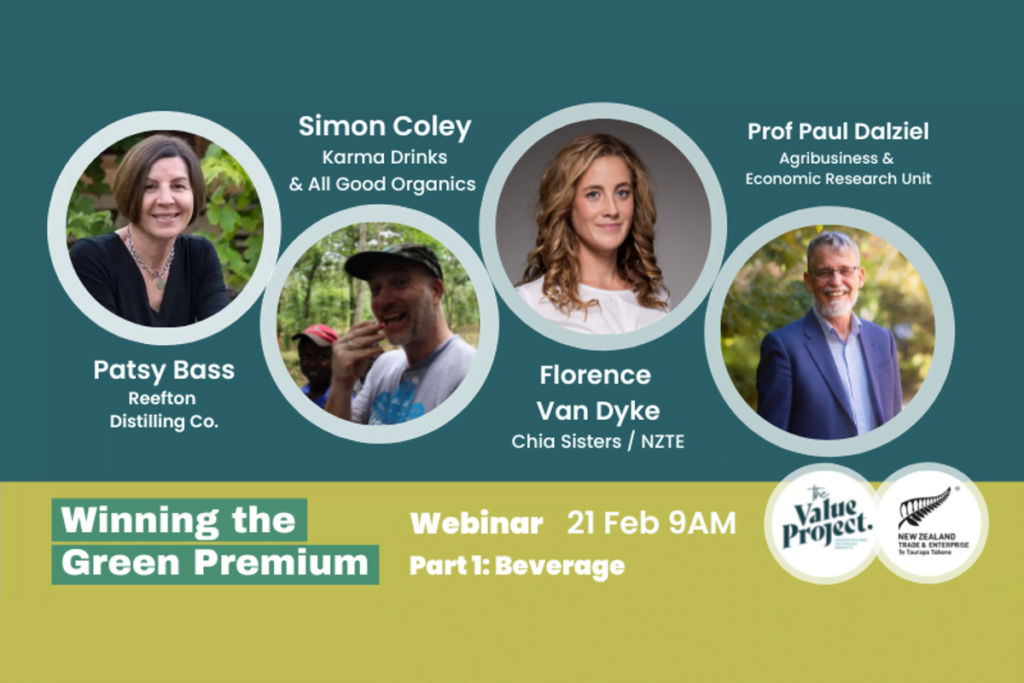
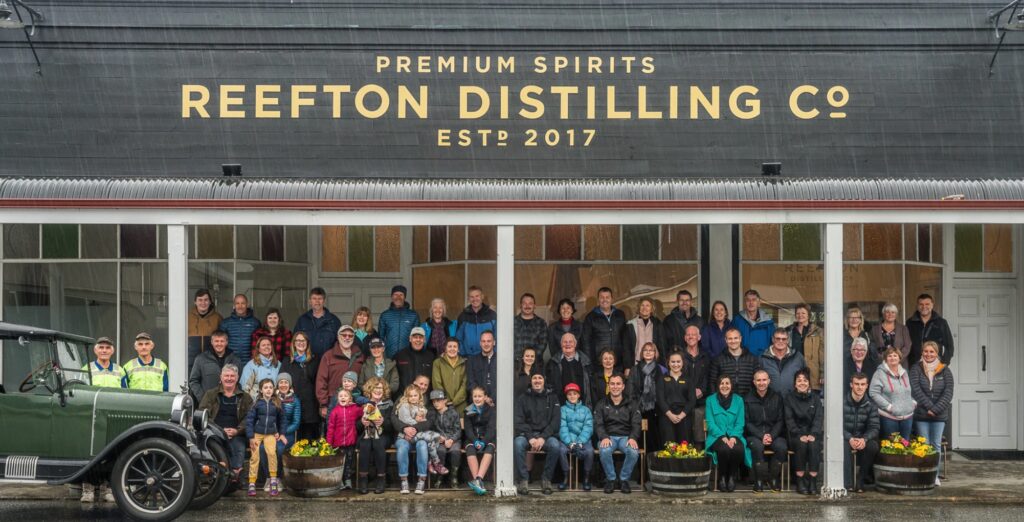
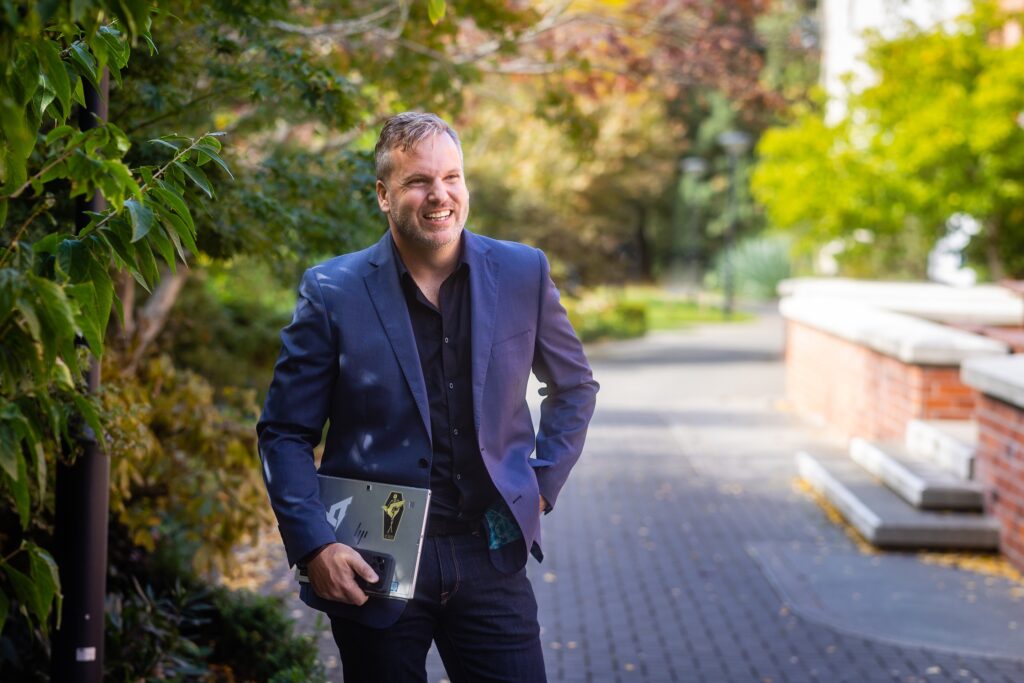

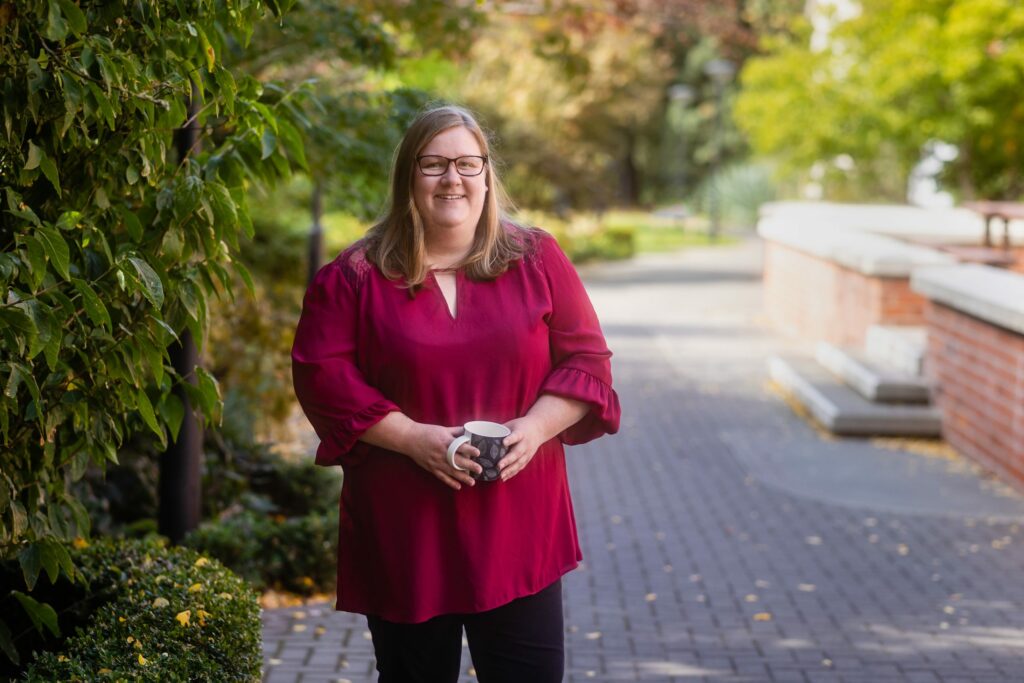
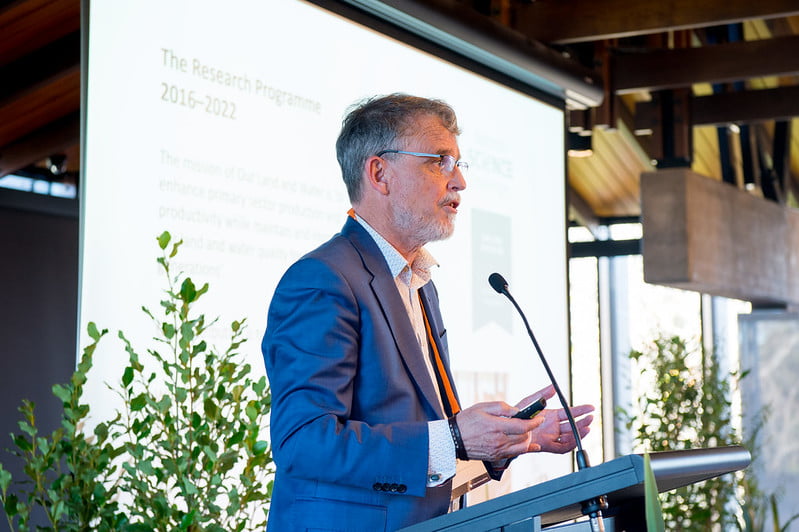
An instruction is not a plan: how to create value in the primary sector
Bill Kaye-Blake, principal economist with NZIER, reflects on 20 years of research into creating greater value in New Zealand’s primary sector. I’ve…